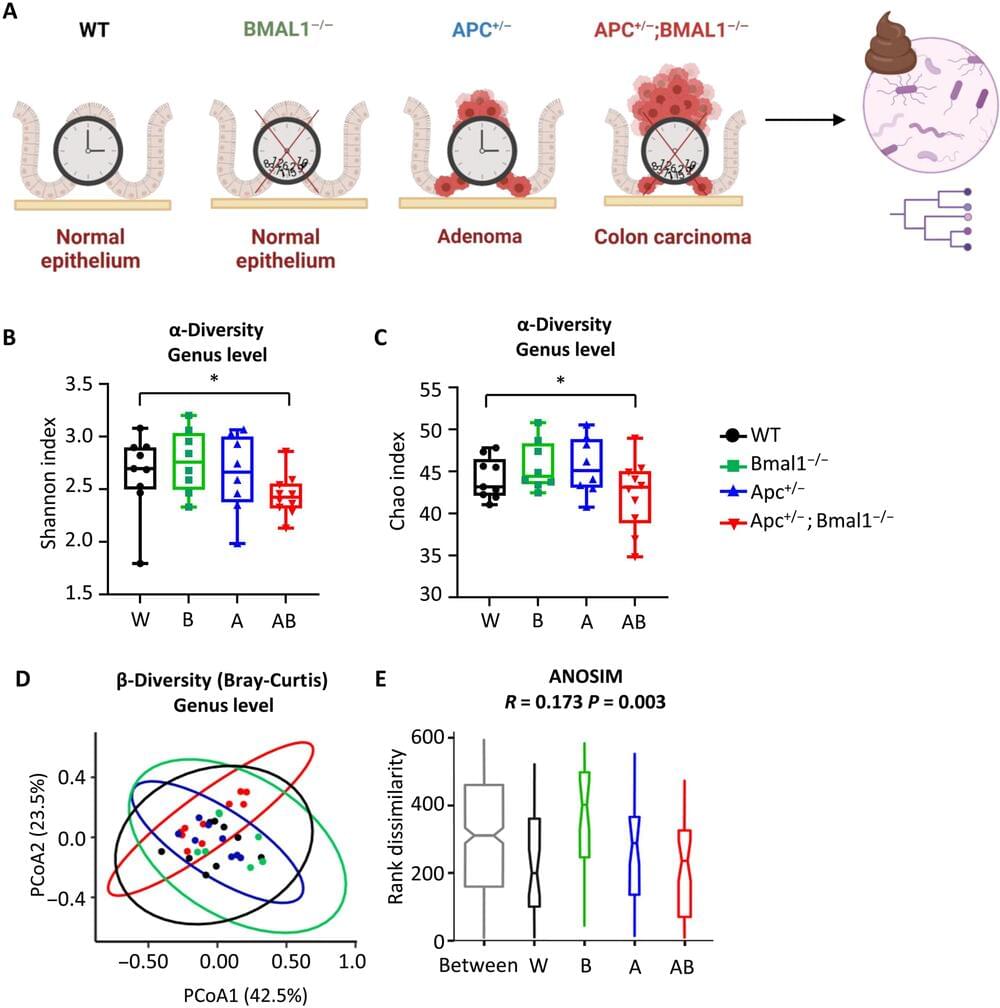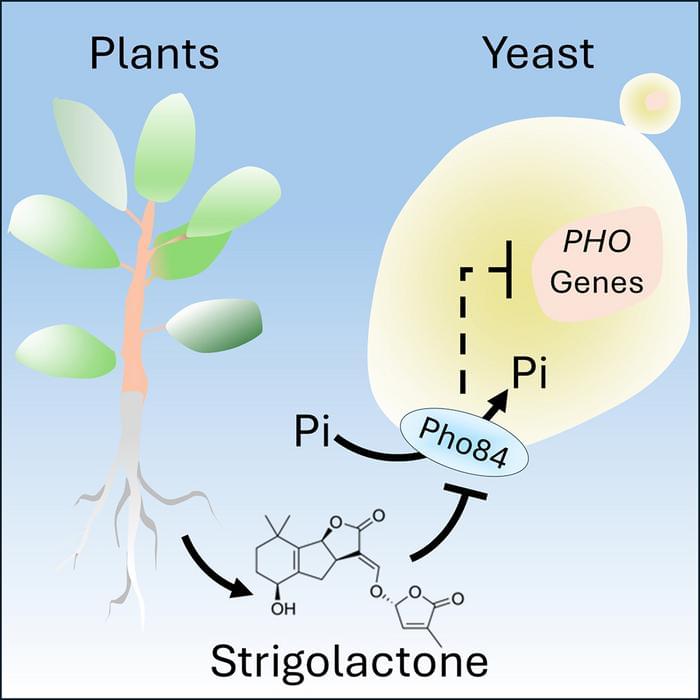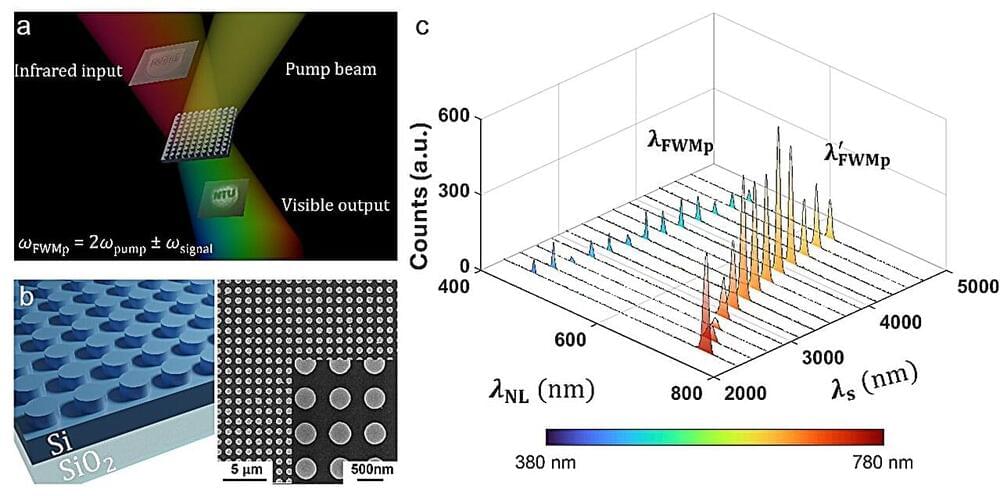Businesses are embracing AI agents that ‘don’t eat’ and can work 24/7.


1GITEX Global 2024 and IROS 2024 became true gateways to the future of technology, bringing together the most advanced innovations in artificial intelligence, robotics, and transportation under one roof. At the forefront of GITEX was the unique Nissan Hyperforce concept, an electric vehicle with an incredible 1,360 horsepower, capable of accelerating from 0 to 100 km/h in just 2 seconds. This electric supercar not only stunned with its speed but also with its futuristic design, reminiscent of the iconic Batmobile. With its advanced driving modes, R and GT, drivers can switch between a sporty and comfortable driving experience.
👉For business inquiries: [email protected].
✅ Instagram: / pro_robots.
0:00 Exhibitions in the United Arab Emirates.
0:34 GITEX GLOBAL 2024
0:47 Nissan Hyper Force supercar.
1:43 Italdesign’s Quintessenza concept car.
2:39 Ameca robot.
3:15 Robot bartender.
3:38 Airscooter by Zapata.
4:13 Autonomous Patrol of the Future by Dubai Police.
5:09 Tesla Cybertruck.
6:01 All-terrain delivery vehicles from Mobinn.
6:20 Cadillac Electric Flyer.
7:03 Drones by Multi Level Group.
7:32 Xpeng Aeroht Flying Car.
8:18 New humanoid robot Kepler.
8:42 ZainTECH Drones.
9:04 Robo-charging electric cars.
9:43 Odigo robot with AI
10:26 IROS 2024
11:02 Obstacle course for four-legged robots.
11:41 Robofootball on IROS 2024
12:32 High Torque Robotics.
13:03 Unitree robots.
13:39 Nimble Direct Drive Robots.
14:16 Elephant Robotics.
14:47 Humanoid robots on display.
15:14 DexNex teleoperated system.
15:47 Hubot robot.
In addition, GITEX 2024 showcased the latest flying car concepts. Among them was a model capable of unfolding its blades and taking off in just two minutes, making it the perfect vehicle for fast, seamless travel both on the road and in the sky. The exhibition also featured other cutting-edge innovations, such as autonomous patrol cars equipped with drones and robotic bartenders that serve drinks without lines or fuss.
IROS 2024, held in Abu Dhabi, was equally impressive, giving a glimpse into the future of robotics. Highlights included thrilling competitions between robot dogs and humanoid robots, as well as demonstrations of new robots capable of running, jumping, and even performing complex acrobatic tricks. Autonomous robots designed for patrolling and delivery, capable of navigating routes and recognizing objects in the toughest conditions, also drew significant attention.
Both exhibitions revealed how robotics and AI are increasingly influencing our everyday lives, offering solutions for safety, transportation, and even entertainment. Unique projects, such as autonomous drones for agriculture and firefighting, and robotic systems for smart cities, are already reshaping urban spaces. With the technologies presented at GITEX and IROS, the future is closer than ever. Subscribe to our channel to stay updated on the latest innovations and events in the world of high-tech.
Protecting Human And Animal Health — Dr. Tristan Colonius, DVM — Chief Veterinary Officer & Deputy Director for Science Policy, Center for Veterinary Medicine (CVM), U.S. Food and Drug Administration (FDA)
Dr. Tristan Colonius, DVM is the Chief Veterinary Officer and Deputy Director for Science Policy at FDA’s Center for Veterinary Medicine (CVM — https://www.fda.gov/animal-veterinary).
Dr. Colonius previously worked in various positions at FDA, including as Deputy Chief of Staff to Commissioner Dr. Robert Califf and as an International Policy Analyst.
During his career at FDA, Dr. Colonius has been working on numerous initiatives including the Animal and Veterinary Innovation Agenda, One Health, Intentional Genomic Alterations in animals, and zootechnical animal feed substances (ZAFS) among many other programs at CVM.
Prior to joining FDA, Dr. Colonius held positions in the US Senate and US Department of Agriculture.

AI and politics 😳 Artificial though it may be, the concept of “intelligence” doesn’t seem to jibe with a computer-generated image of uniformed cats toting assault rifles.
Yet that visual slur, which supports a debunked story about immigrants in Ohio eating pets, has become a signature image from…
UMD experts explain the emotional pulls and cognitive pitfalls—and how to avoid them.

Research from the University of California, Irvine has revealed how disruption of the circadian clock, the body’s internal, 24-hour biological pacemaker, may accelerate the progression of colorectal cancer by affecting the gut microbiome and intestinal barrier function. This discovery offers new avenues for prevention and treatment strategies.
The study, published online today in the journal Science Advances, offers a more comprehensive understanding of how important changes occur in the function and composition of the gut microbiome when the circadian clock is disturbed in the presence of colorectal cancer.
“There is an alarming rise in early-onset colorectal cancer in adults under the age of 50,” said corresponding author Selma Masri, associate professor of biological chemistry. “Circadian misalignment through extended light exposure, late-night meals and other environmental factors could [be] driving these cases. Our study suggests that clock disruption, particularly through lifestyle choices, may play a significant role in gut health and, subsequently, cancer risk.”
Research on Heliconius butterflies illustrates how variations in brain circuits are aligned with their unique foraging behaviors, enhancing their spatial and visual memory.
A tropical butterfly species with uniquely expanded brain structures shows a fascinating mosaic pattern of neural expansion linked to a key cognitive innovation.
The study, published today (October 18) in Current Biology, explores the neural basis of behavioral innovation in Heliconius butterflies, the only genus known to feed on both nectar and pollen. As part of this behavior, these butterflies exhibit an impressive ability to learn and remember the locations of their food sources—abilities tied to the expansion of a brain region called the mushroom bodies, which play a crucial role in learning and memory.

How do plants and fungi communicate with each other? This is what a recent study published in Molecular Cell hopes to address as an international team of researchers investigated the “language” conducted between plants and fungi that enables fungi growth. This study holds the potential to help scientists and farmers better understand how to fight disease-causing fungi by growing crops with greater resilience and adversity.
“As we begin to understand how plants and fungi communicate, we will better understand the complexities of the soil ecosystem, leading to healthier crops and improving our approach to biodiversity,” said Dr. Shelley Lumba, who is an assistant professor in the Department of Cell and Systems Biology at the University of Toronto and a co-author on the study.
For the study, the researchers examined strigolactone (SL), which is a class of plant hormones and signaling molecules responsible for plant development, with the team focusing on how SL influences fungi growth and development by testing SL with yeast. In the end, the researchers found that SL triggered certain genes called “PHO” that are responsible for phosphate metabolism, along with finding that plants release SL when they are low on phosphate, forcing the yeast to alter the amount of phosphate consumes by triggering the protein, Pho84.


While infrared cameras are valuable tools for enhanced vision, food and plant quality control, security, etc, today’s cameras often face significant drawbacks. For instance, they are bulky and power-hungry, requiring cooling systems that limit their functionalities.
More importantly, current semiconductor-based technology used in the cameras only captures a narrow band of the infrared spectrum based on the absorption band of the semiconductor detector. This means that every application would need a separate camera.
“Due to the complications of today’s bulky, power-hungry and expensive infrared imaging technology, we are unlikely to have an infrared camera at home. However, nonlinear frequency conversion, a process that manipulates and translates electromagnetic signals across various frequency regimes, holds a massive potential to revolutionize infrared detection technology,” said Prof Mohsen Ramhami, the leader of Advanced Optics and Photonics Lab, and a UK Research and Innovation Future Leaders Fellow.
Expanding Healthy Human Lifespan for All — Dr. Mehmood Khan, MD — CEO, Hevolution Foundation.
Dr. Mehmood Khan, MD is the Chief Executive Officer of Hevolution Foundation (https://www.hevolution.com/), a first of its kind non-profit organization that funds research through grants and provides investments in biotech to incentivize healthspan science across disciplines and borders for the benefit of all. Established by a Saudi Royal Decree, with its headquarters in Riyadh, with additional international hubs to support the expansion and execute the global mission, it’s vision is to expand healthy human lifespan for the benefit of all humanity.
Hevolution Foundation aims to be positioned as a global leader, catalyst, partner, and convener, to increase the number of scientists entering the field, to increase the investable opportunities in the field of aging, and to help shape the regulatory and government environment.
Dr. Khan also currently serves as the Executive Chairman of Life Biosciences Inc. where he joined the company in April 2019 as the Chief Executive Officer and Board Member. Life Biosciences was founded to advance scientific research and develop innovative new therapies to improve and extend healthy lives for everyone.
Dr. Khan previously served as Vice Chairman and Chief Scientific Officer of Global Research and Development at PepsiCo, a Fortune 50 company employing upwards of 250,000 employees across 22 brands. At PepsiCo, Dr. Khan played a pivotal role in the company’s global R\&D efforts to create breakthrough innovations in food, beverages, and nutrition, including the incorporation of healthier and more nutritious offerings across its portfolio. Dr. Khan also oversaw PepsiCo’s global sustainability initiatives based on the belief that success in business is inextricably linked to the sustainability of the world we share.